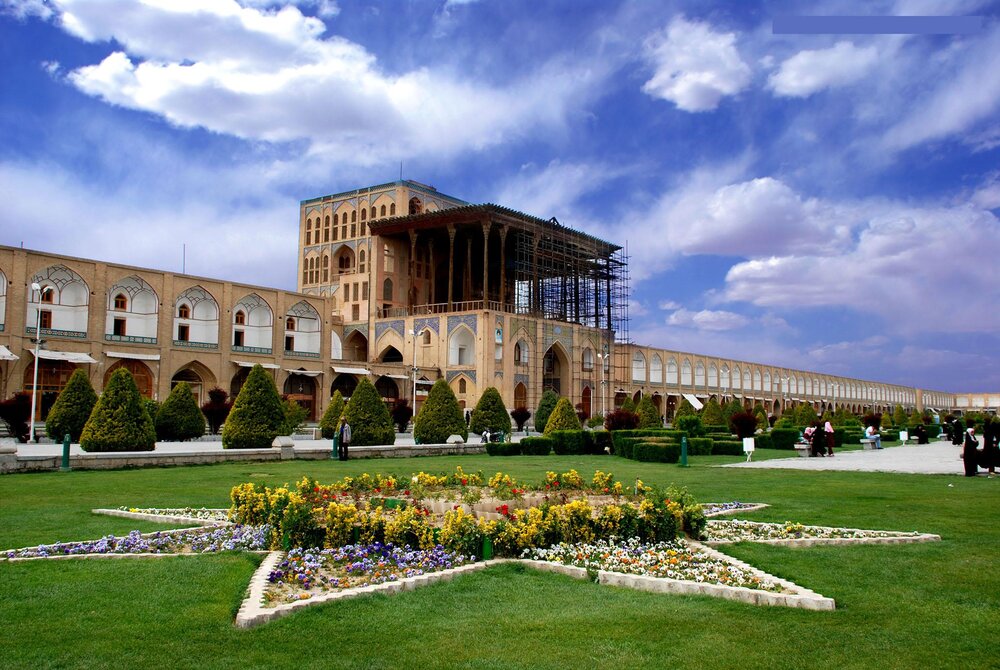
TEHRAN- Museums and other cultural heritage sites in Isfahan have been allowed to reopen doors to the public after 45 days of closure resulting from soaring numbers of confirmed coronavirus infections in the central Iranian province.
Simultaneously with the third wave of COVID-19 in late November, over 500 historical sites, tourist attractions, and museums under the supervision of the tourism ministry went on lockdown to prevent the spread of the virus, provincial tourism chief has said.
However, as coronavirus lockdown measures are relaxed gradually in the country, the sites could start their activities according to the announcement and decision of the Coronavirus Control Operations Headquarters, Fereydun Allahyari said on Sunday.
Strict sanitary and social distancing requirements are being observed carefully in these tourist destinations, the official added.
In mid-November, the Iranian authorities imposed lockdown once again in the capital and some 150 Iranian cities defined as the high-risk “red” zones due to the coronavirus pandemic.
Due to a sharp rise in the number of coronavirus infections and deaths, all historical sites as well as all art and cultural centers, universities, schools, seminaries, English schools, libraries, movie theaters, mosques, beauty salons, and several other entities have been shut down once again.
The cultural heritage museums and historical sites have so far been closed and reopened for times from the pandemic’s early days onward in a preventive measure to curb the disease.
Soaked in a rich history and culture, Isfahan was once a crossroads of international trade and diplomacy in Iran. Now, it is one of Iran’s top tourist destinations for good reasons. The ancient city is filled with many architectural wonders such as unmatched Islamic buildings, bazaars, museums, Persian gardens, and tree-lined boulevards. It’s a city for walking, getting lost in its mazing bazaars, dozing in beautiful gardens, and meeting people.
The city has long been nicknamed as Nesf-e-Jahan which is translated into “half the world”; meaning seeing it is relevant to see the whole world. In its heyday, it was also one of the largest cities in the region with a population of nearly one million.
Isfahan is renowned not only for the abundance of great historical bridges but also for its ‘life-giving river’, the Zayandeh-Rood, which has long bestowed the city an original beauty and fertility. The cool blue tiles of Isfahan’s Islamic buildings, and the city’s majestic bridges, contrast perfectly with the encircling hot, dry Iranian countryside.
The huge Imam Square, best known as Naghsh-e Jahan Sq. (literary meaning “Image of the World”), is one of the largest in the world (500m by 160m), and a majestic example of town planning. Built in the early 17th century, the UNESCO-registered square is punctuated with the most interesting sights in Isfahan.
Modern Isfahan is now home to some heavy industry, including steel factories and a nuclear facility on its outskirts, however, its inner core wants to be preserved as a priceless gem.

No comments:
Post a Comment